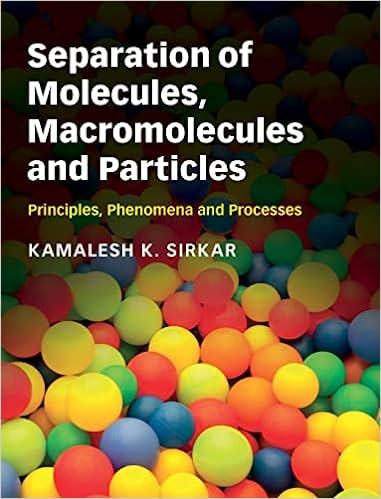Answered step by step
Verified Expert Solution
Question
1 Approved Answer
You have two CSTRs and two PFRs each with a volume of 1 . 6 m ^ 3 . Use Figure 2 to calculate the
You have two CSTRs and two PFRs each with a volume of m Use Figure to calculate the conversion for each of the reactors in the following
arrangements.
a Two CSTRs in series.
b Two PFRs in series.
c Two CSTRs in parallel with the feed. divided equally between the two reactors.
d Two PFRs in parallel with the feed divided equally between the two reactors.
e A CSTR and a PFR in parallel with the flow equally divided. Atso calculate the overall conversion.
Xov FA Facstr FAPFR FAO FAO FAO with FACSTR XcSTR and Fapfr FA Xpfr
f A PFR followed by a CSTR
g A CSTR followed by a PFR
h A PFR followed by two CSTRs Is this arrangement a good one or is there a better one?
You have two CSTRs and two PFRs each with a volume of Use Figure to calculate the conversion for each of the reactors in the following arrangements.
a Two CSTRs in series.
b Two PFRs in series.
c Two CSTRs in parallel with the feed, divided equally between the two reactors.
d Two PFRs in parallel with the feed divided equally between the two reactors.
e A CSTR and a PFR in parallel with the flow equally divided. Also calculate the overall conversion,
with
f A PFR followed by a CSTR
g A CSTR followed by a PFR
h A PFR followed by two CSTRs Is this arrangement a good one or is there a better one?

Step by Step Solution
There are 3 Steps involved in it
Step: 1

Get Instant Access to Expert-Tailored Solutions
See step-by-step solutions with expert insights and AI powered tools for academic success
Step: 2

Step: 3

Ace Your Homework with AI
Get the answers you need in no time with our AI-driven, step-by-step assistance
Get Started


